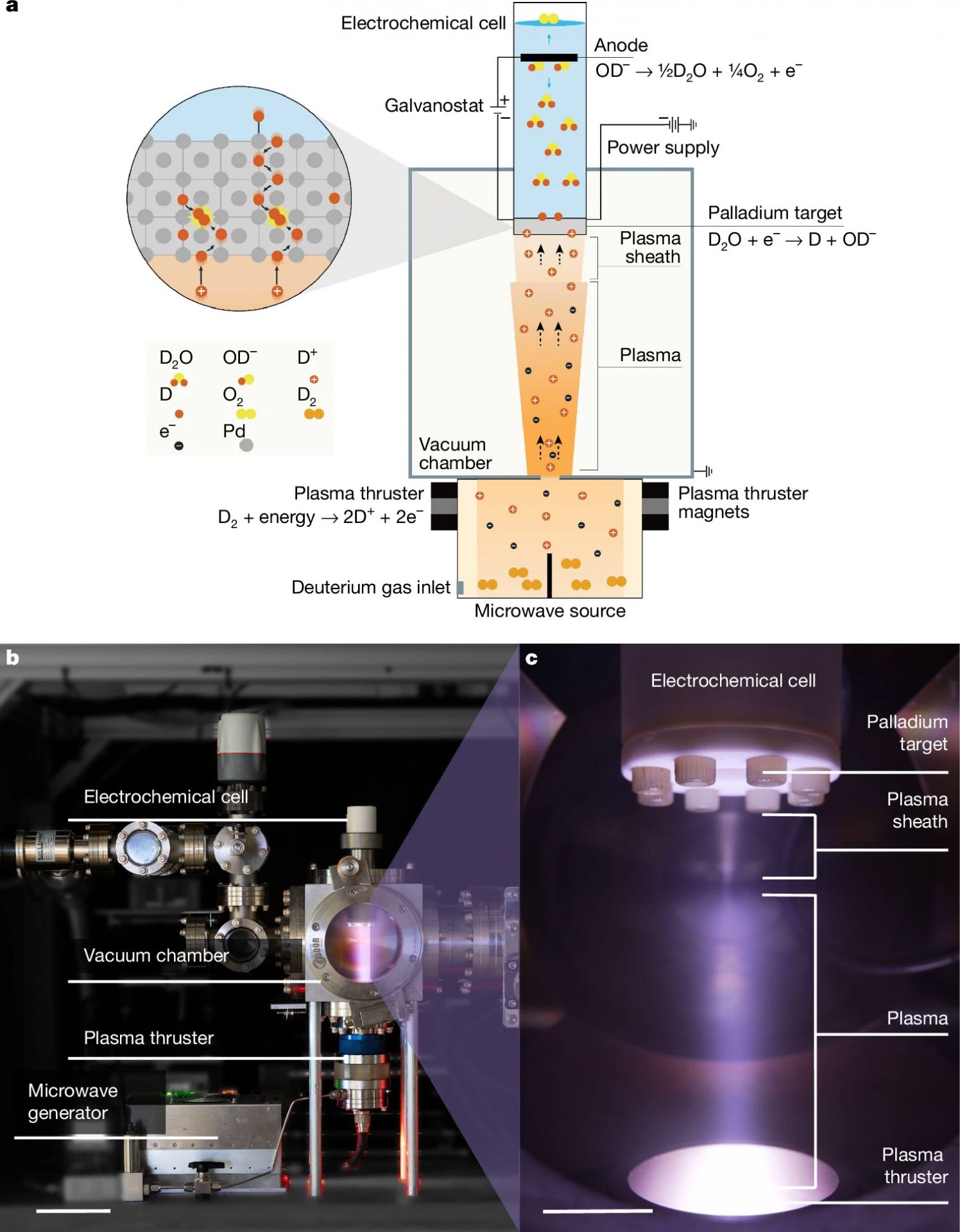Why in the News?
Cold fusion reaction, once dismissed after failed 1989 claims, is back in discussion as US-based researchers report neutron production from their small “Thunderbird Reactor.”

What is Cold Fusion Reaction?
- Overview: A proposed way to achieve nuclear fusion at room temperature, unlike conventional fusion which needs extremely high heat (100 million °C or more).
- How it started: In 1989, two chemists, Martin Fleischmann and Stanley Pons, said their palladium-heavy water experiment created more heat than normal chemistry allows.
- Problem: Other scientists could not reproduce the result. No clear evidence of fusion products (like neutrons or helium) was found. The claim was dismissed, but the idea stayed alive.
- Why interest remains: If proven, cold fusion could provide limitless, clean, and cheap energy. Research in this area is now called Low-Energy Nuclear Reactions (LENR).
About the Thunderbird Reactor (2025)
- Inception: Scientists led by Curtis Berlinguette, University of British Columbia, published in Nature (Aug 2025).
- Why built: Not to make electricity, but to test if chemistry can affect nuclear reactions.
- How it works:
- A plasma thruster shoots deuterium ions (a form of hydrogen) at a palladium metal target.
- At the same time, an electrochemical cell pushes more deuterium into the palladium.
- This builds up a very high density of deuterium inside the metal, making fusion more likely.
- A neutron detector checks if fusion really happens.
Key Findings:
- Neutrons detected: When deuterium ions hit palladium, about 130–140 neutrons per second were observed (much higher than background levels).
- Electrolysis boost: Adding extra deuterium through electrolysis increased the neutron count further.
- Energy output: The reaction only produced a tiny amount of power (one-billionth of a watt) while consuming 15 watts of electricity. No net energy gain yet.
| [UPSC 2016] India is an important member of the ‘International Thermonuclear Experimental Reactor’. If this experiment succeeds, what is the immediate advantage for India?
Options: (a) It can use thorium in place of uranium for power generation (b) It attain a global role in satellite-navigation (c) It can drastically improve the efficiency of its fission reactors in power generation (d) It can build fusion reactors for power generation* |
Get an IAS/IPS ranker as your 1: 1 personal mentor for UPSC 2024

